Permanent Exhibitions
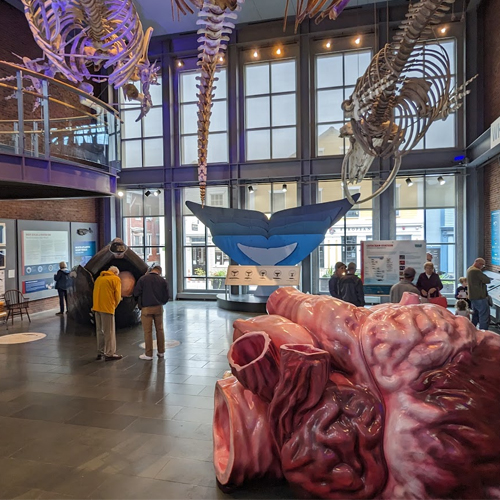
Whales Today
Learn about the science and behavior of whales, the current threats to their survival, and ongoing conservation efforts to improve their environment and ocean health.
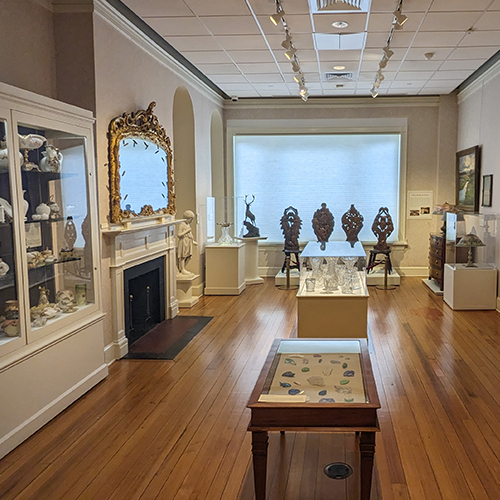
The Old Dartmouth Historical Society
Explore the history of the Museum, and enjoy displays of locally made art glass and silver, alongside furniture and paintings by resident turn-of-the-century artists.
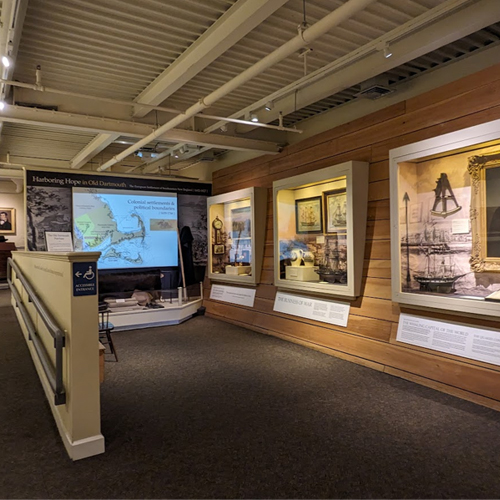
Harboring Hope
Consider the colonial history of the region of Old Dartmouth from its early settlement in the 1600s to rise of the whaling industry in the 1820s. This includes sections on Indigenous stewardship, colonial conflict, Black residents, and religious intolerance.
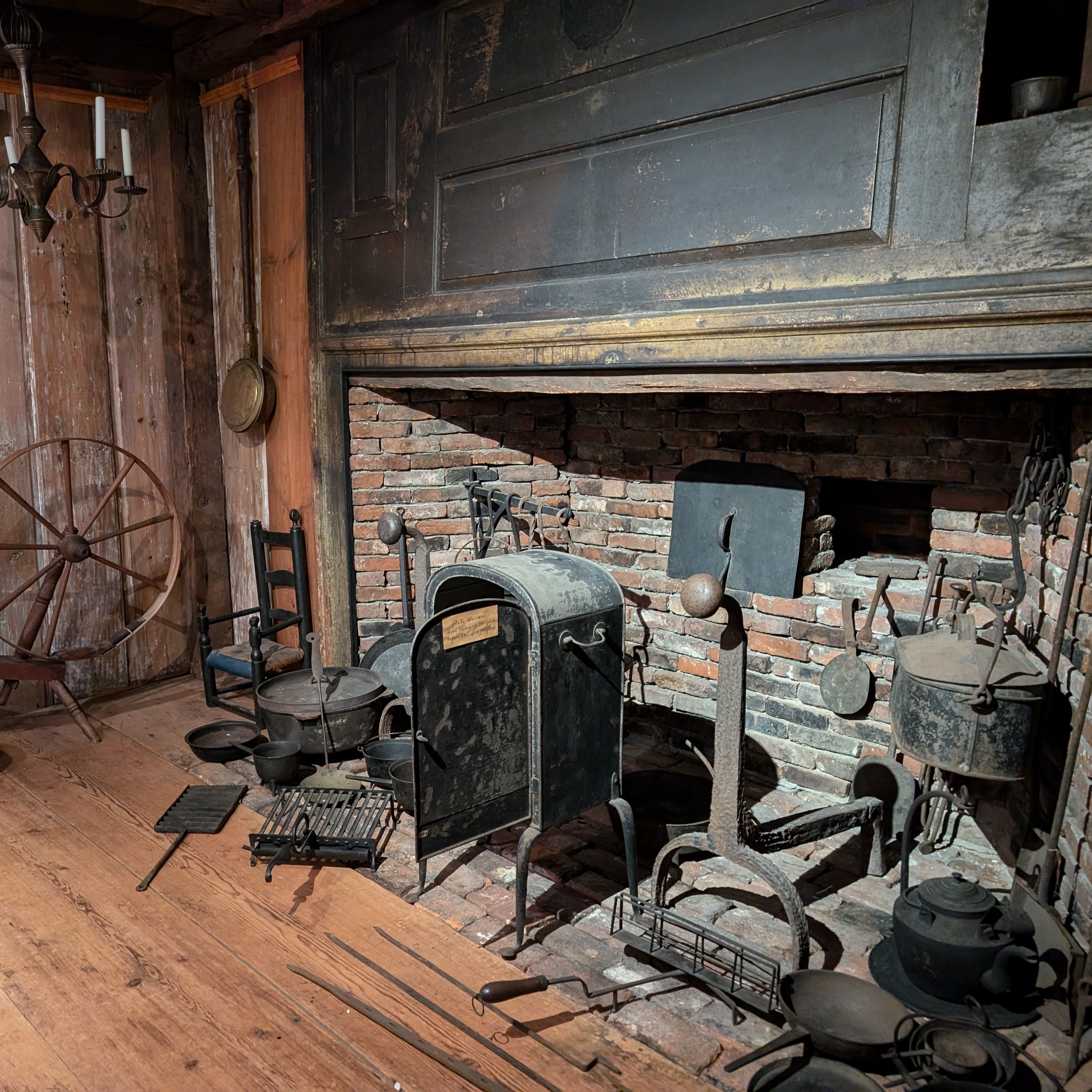
18th-century Kitchen
This recreation of a regional kitchen from the 1700s takes you back in time, offering an opportunity to learn about the area, its unique architecture, and histories.
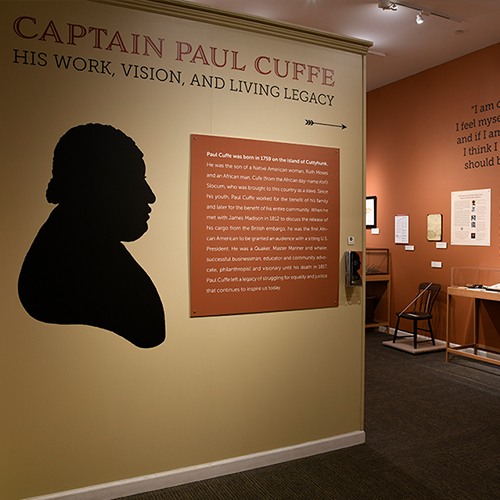
Captain Paul Cuffe
Learn about the life, times, and legacy of Captain Paul Cuffe (1759-1817) – a Black and Indigenous abolitionist entrepreneur, Quaker, merchant, whaler, navigator, and much more. Link his incredible story to the rise of Black nationalism and racial politics today.
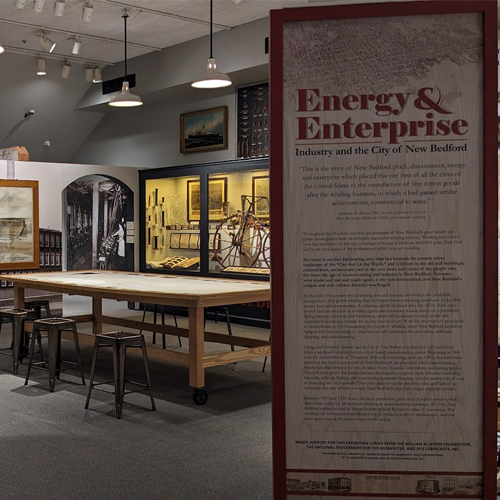
Energy & Enterprise
Study the impact of various key industries – including glass manufacturing, the textile industry, and machining -- on the development of this dynamic region. Look at how these industries shaped the urban fabric and layout of the city and its neighborhoods, the population and immigration pathways, and the region’s diverse cultural heritage.
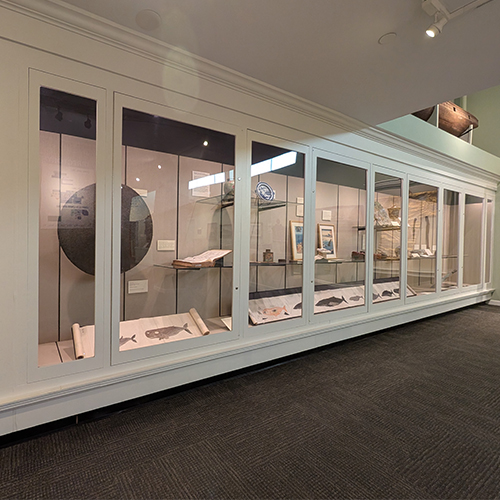
East Meets West
Explore the connections between the region and Asia, from trade with the busy port cities of Canton and Hong Kong, to the historical practices of Japanese shore whaling, to the remarkable life and influence of Manjiro Nakahama (1827-1898), the first Japanese person to live in and learn English in the United States.
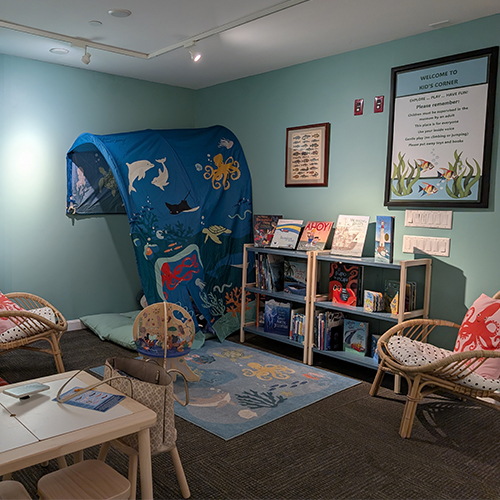
Kid's Corner
Kid’s Corner” is a calming play space for our littlest visitors stocked with ocean-themed children’s books (from board books to YA), soft toys, and engaging activities – including a felt ocean, hand puppets, blocks, toy boats, puzzles, and more!
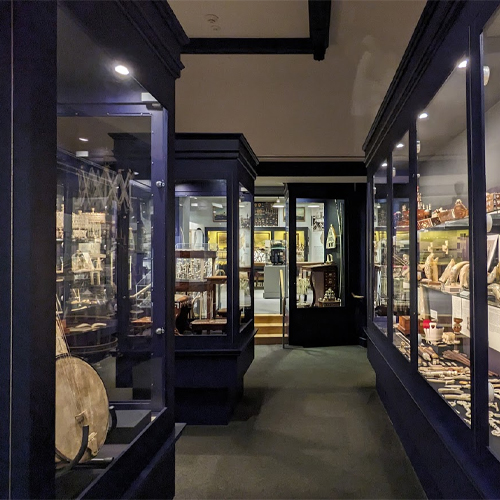
Scrimshaw
The museum houses the largest collection of scrimshaw in the world. Defined as objects carved by whalers while on shipboard on the byproducts of marine mammals, such as teeth, baleen, and bone, scrimshaw includes busks, crimpers, swifts, and other decorative objects, tools, and artifacts.
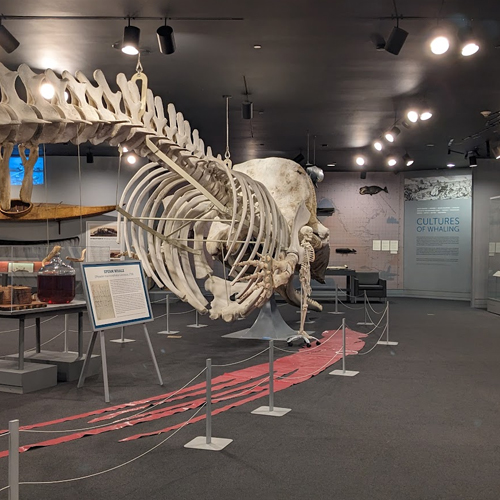
Cultures of Whaling
People around the world have historically hunted whales to support the survival of their communities or for profit. Explore how different global cultures have lived with and hunted whales, using them as food, or for their bones, baleen, and oil
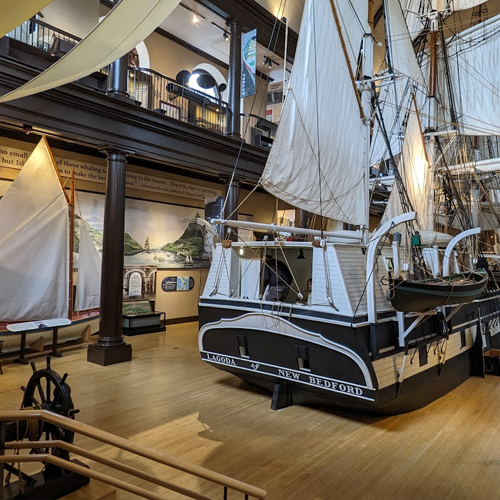
A Voyage Around the World – The Lagoda
Step aboard The Lagoda, a half-scale model of a whaling bark. Learn about the business of New England whaling, the crew, and life on shipboard. Consider how every-day Americans learned about whales and whaling via popular entertainment, world’s fairs, and visual culture, like our 1300-foot-long panorama painting.
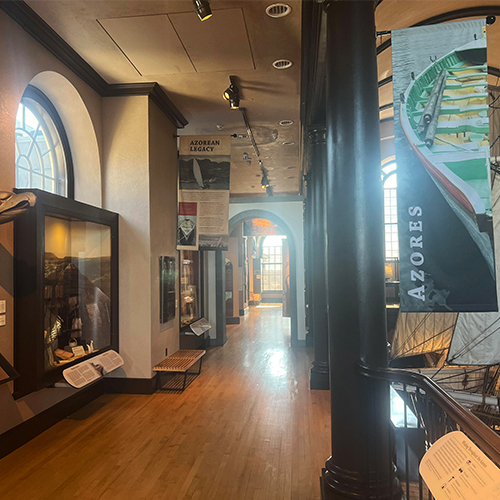
A Voyage Around the World – The Balcony
Grab your passport and experience a voyage around the world, following the traditional route of a New Bedford whaleship from the Azores to Cabo Verde, around Cape Horn, to Oceania and the Arctic. Learn about these diverse communities, their relationships to whales and whaling, and their continued impact on and relationship with New Bedford.

